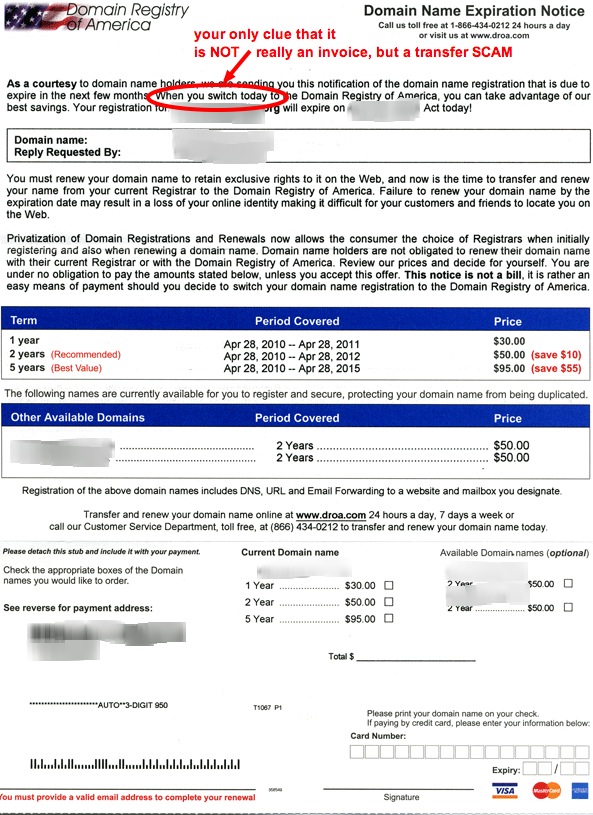A look at blocked emails
It’s a war out there – a war against SPAM. It’s not our war, but we are affected. Companies with good intentions out there sometimes cause collateral damage …
You’re email bounced? How do you know? Did you receive a reply? OK, let’s take a look at the error message you got back. Maybe it says something like this (the IPs & emails have been replaced with make-up stuff to protect the innocent):
Hi. This is the qmail-send program at blahblah.blahblah.com.
I’m afraid I wasn’t able to deliver your message to the following addresses.
This is a permanent error; I’ve given up. Sorry it didn’t work out.<name@domain.com>:
1117.1338.2367.51 does not like recipient.
Remote host said: 550 5.7.0 Blocked – see https://support.proofpoint.com/dnsbl-lookup.cgi?ip=00.22.38.000: name@domain.com
Giving up on 1117.1338.2367.51.— Enclosed are the original headers of the message.
What that means is that the 3rd party company “proofpoint.com” has blocked the mail proxy server using the ip 00.22.38.000.
NOTE: This is about THEM and THEIR block, not us. This article is trying to help you understand, but it’s not something we can “fix” – but we can offer workarounds while 3rd party blocks exist.
This happens time to time as various 3rd party companies try to block spam. Unfortunately, what they do is to BLOCK LEGITIMATE EMAILS almost as much. From their point of view, they don’t care. Their customers aren’t getting spam so they seem to be doing their job. From the point of view of the rest of the world it is not a happy place. Emails to their customers bounce!
Well, are they really protecting their customers? Maybe. Maybe someone who also uses our services or someone else in the datacenter sent out a bunch of spam. Maybe. But maybe not. Companies such as Proofpoint are doing what they can to make their customers happy, but sometimes at the expense of the innocent. It could have been that someone (or even you!) sent out a huge emailing or with suspicious content and that got our company flagged.
What is happening to resolve this? People at our datacenter are working hard to negotiate with Proofpoint (and others, as/if needed) to resolve this issue. They are learning that even though our people have satisfied the criteria that they are still not lifting the blocks in a timely manner. Worst case scenario, 2 days. But the good news is that it’s only blocking one server, and there are many, so read on …
As one customer said, “This is sooo frustrating. It’s important that I be able to use my email confidently. What else do you suggest?” A legitimate concern and we are sorry for the frustration. But we share it.
So, what can You do in the meantime?
1. You can try again in few minutes / hours. The server used to SEND your mail is the one most available. That can change and so you can play a bit of server roulette and hope it goes. Again, worst case scenario is wait a day or two.
2. You can send using a different account. In this example, proofpoint seems to represent me.com (mac.com, etc) and so any email sent to a me.com or mac.com is being rejected. That means that until the block is lifted you can use your gmail or me.com or whatever other account. Of course, there may be a block on them too, but if not, that might provide temporary relief.
3. You can setup google docs account and run SMTP through Google. That requires configuration of your DNS info, but Google may be less likely to be blocked than the rest of the data centers in the world.
4. You can add-on SMTP services from a company such as AuthSMTP http://www.authsmtp.com/business/index.html
AuthSMTP provides an outgoing SMTP email server for use on your computer in your business / home office. It will allow you to send emails from most of the major email programs using your own email address or domain name
NOTE: none of the solutions above are definitive “fixes” – but rather just “alternatives in the interim.” And they might not work if the blocking agent is also blocking one of the alternatives suggested above …
You might think that you should switch services or abandon using their domain based email, but that would not solve the problem. Other companies have the same problem and really the problem, in this example, is with Proofpoint blocking legitimate emails. Our datacenter staff is in contact with companies who put on blocks, such as Proofpoint (the company discussed in this example, today) and so they are representing us. So we don’t have to fret. They are working on our behalf. In the future it could be another company. If not Proofpoint it could be someone else. They aren’t really the “bad guy” but rather it could be that they need to be more sensitive as to who has been naughty and who has been nice. We don’t deserve punishment just because we live in the same neighborhood as an offender. And certainly suffering from false accusations is no good at all.
Hang in there and if need be, send emails to me.com using me.com, gmail, hotmail or other and hope that Proofpoint hasn’t blocked them, too. It’s a war against spam that is going on around us. We are suffering the collateral damage from that battle, but we are not alone …
++++++++++++++++++++++++++++++++++++++++

